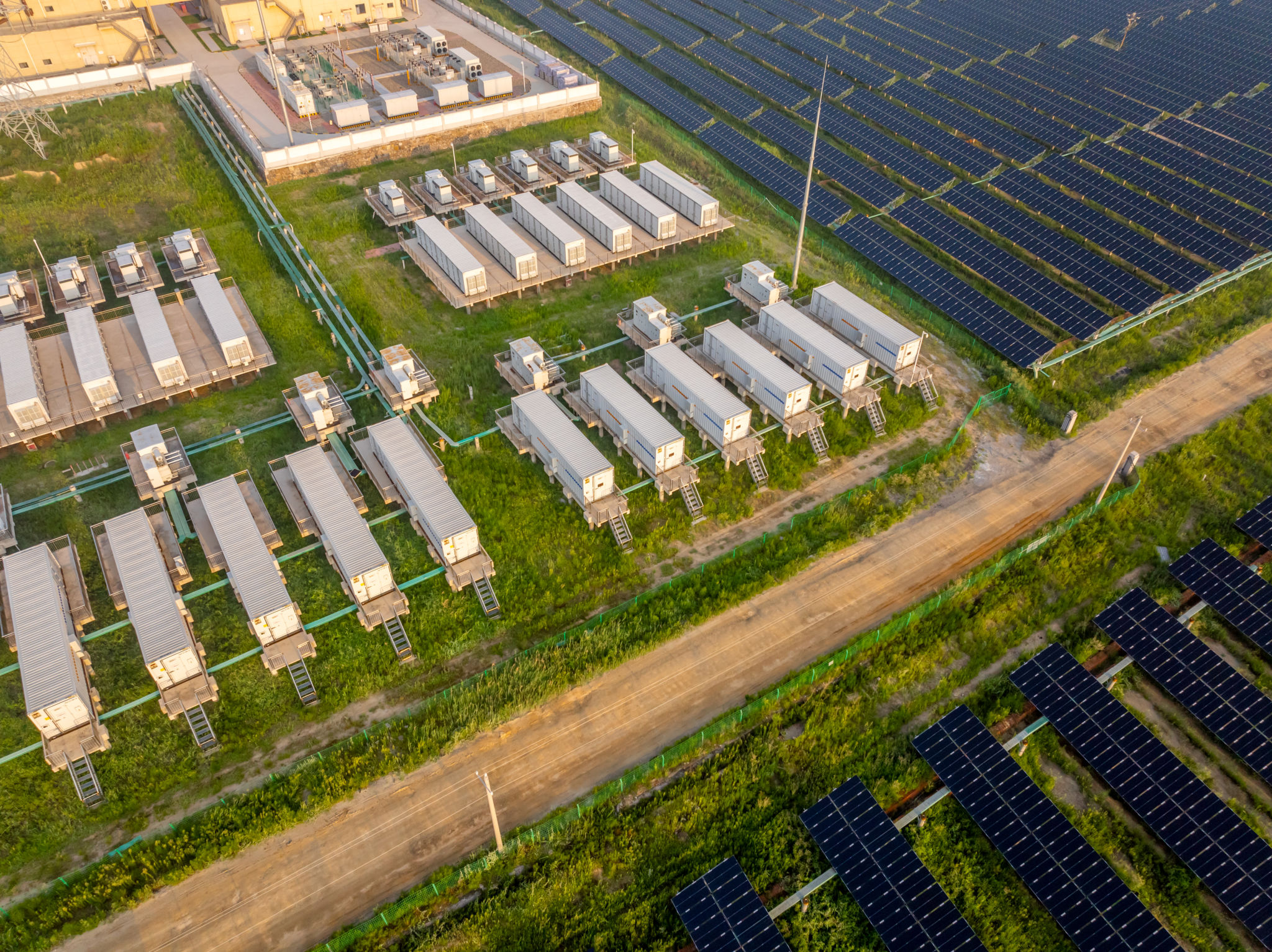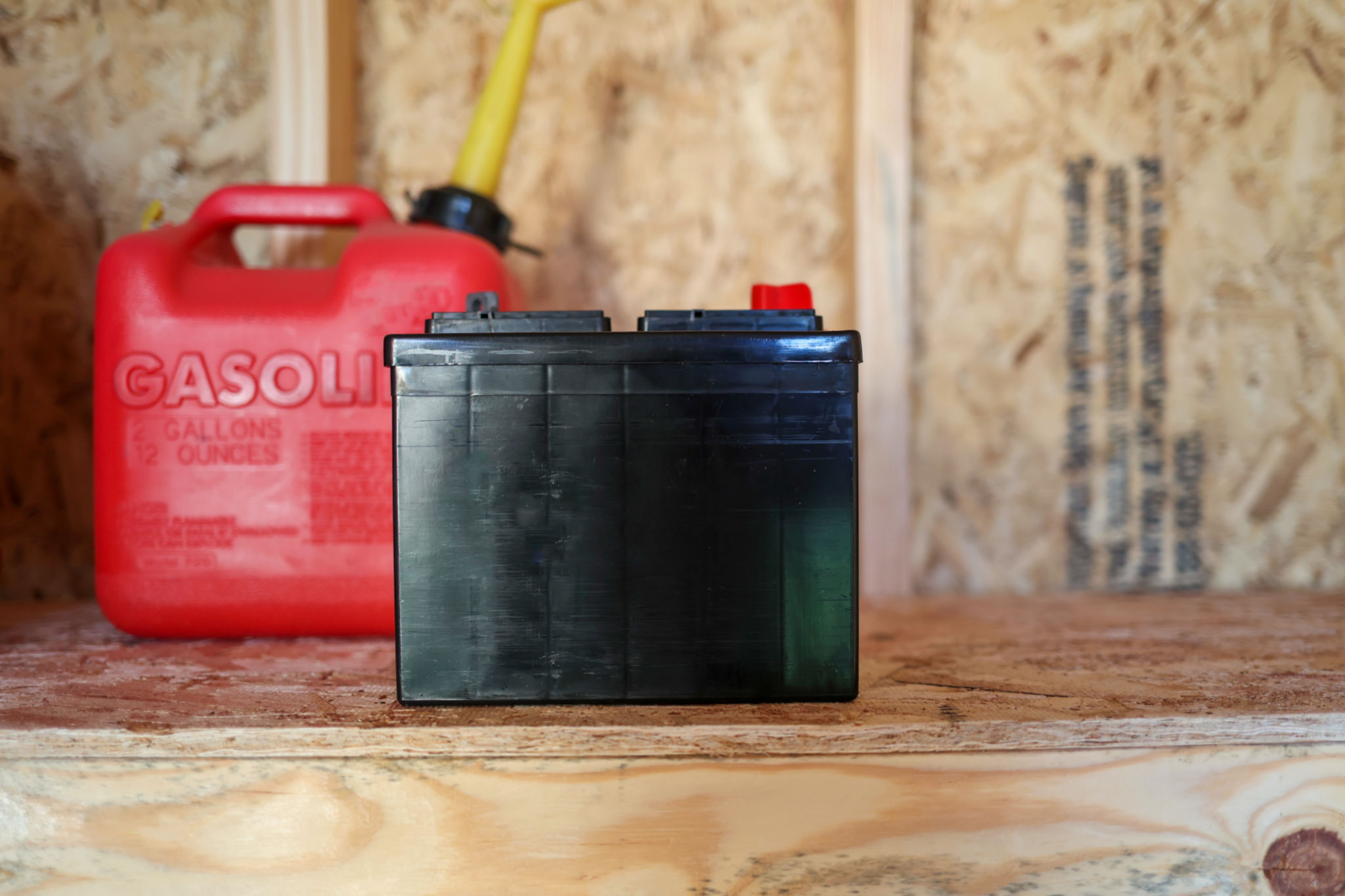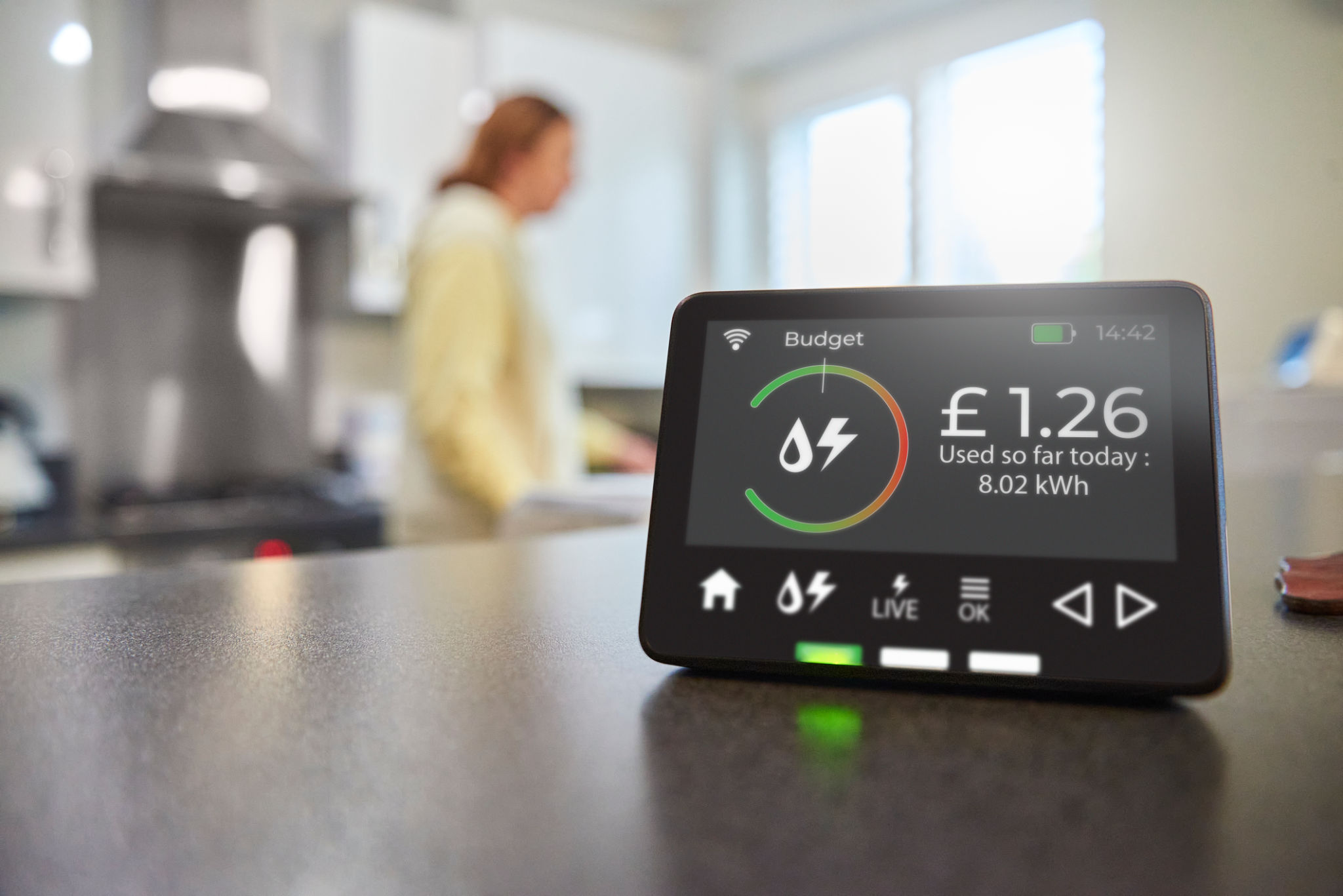How to Maintain Your Off-Grid Battery System Through Utah’s Harsh Winters
Understanding Your Battery System
Maintaining an off-grid battery system in Utah’s harsh winters requires a solid understanding of how your system operates. Off-grid systems typically use deep-cycle batteries, which are designed to be discharged and recharged multiple times. These batteries store the energy your solar panels collect, ensuring you have power even when the sun isn’t shining.
Before winter arrives, it's crucial to inspect your battery system for any signs of wear and tear. Look for cracks, leaks, or any unusual wear on cables and connections. Addressing these issues early can prevent bigger problems when temperatures drop.

Insulation and Temperature Management
Batteries are sensitive to temperature fluctuations, making insulation a key factor in maintaining their performance during winter. Cold temperatures can reduce a battery’s capacity and efficiency. Ensuring that your battery storage area is well-insulated will help maintain a stable temperature, protecting the batteries from freezing conditions.
Consider adding a small heat source, such as a battery blanket or heater, to keep the batteries warm during particularly cold spells. However, be cautious not to overheat them, as excessive heat can be just as damaging as cold.
Location Considerations
The location of your battery storage plays a significant role in how well they perform in winter. Ideally, your batteries should be housed in a sheltered area that is protected from the elements. A basement or insulated shed can be ideal locations.

Regular Maintenance and Monitoring
Regular maintenance is essential for keeping your off-grid battery system operating efficiently through the winter months. Here are some steps to include in your maintenance routine:
- Check fluid levels: If you have flooded lead-acid batteries, ensure the water levels are adequate. Top up with distilled water if necessary.
- Clean terminals: Keep battery terminals free from corrosion to ensure a good electrical connection.
- Monitor charge levels: Use a charge controller to prevent overcharging or deep discharging, which can damage the batteries.
Invest in a Battery Monitor
A battery monitor is an invaluable tool for any off-grid system. It provides real-time data on your system’s performance, helping you make informed decisions about energy consumption and maintenance needs. This can prevent unexpected power outages during the winter months.

Backup Power Sources
Even with the best preparation, Utah winters can be unpredictable. Having a backup power source can provide peace of mind in case your primary system fails. Generators or wind turbines can complement your solar setup, ensuring you have power even during prolonged cloudy or snowy periods.
It's also wise to have backup fuel for generators and ensure they are in good working condition before winter sets in. Regularly test your backup system to ensure it will function correctly when needed.
Community and Professional Support
Don’t hesitate to seek help if you’re unsure about any aspect of maintaining your off-grid battery system. Local communities or professional services can offer advice and assistance, ensuring your system is ready for winter challenges. Joining online forums or local groups can also provide valuable insights and support from others who have experience with off-grid living in similar climates.
